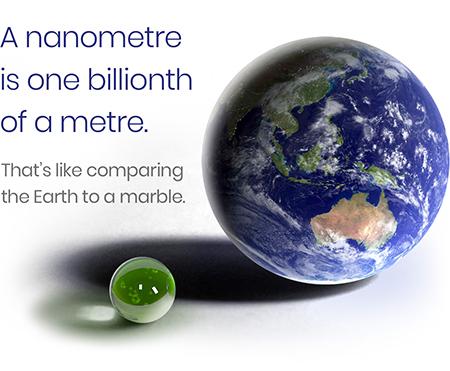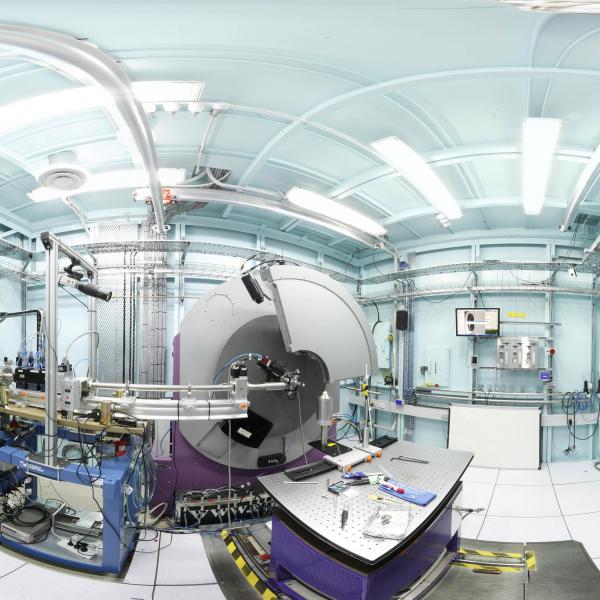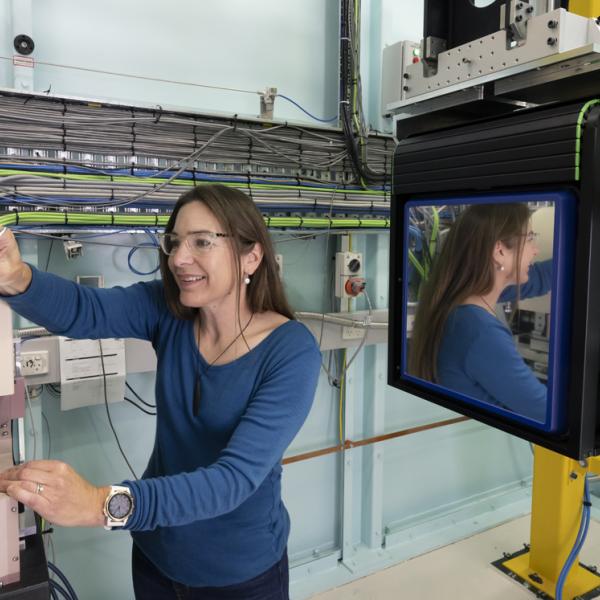

Published on the 11th June 2020 by ANSTO Staff
Key Points
- An international research team, led by Monash University and ANSTO, has created an ultrathin membrane that can filter potentially harmful ions from water or be used in the separation of gas and solvents
- Researchers created this ultrathin molecular sieve membrane using 2D nanosheets, developed with water-stable metal organic frameworks (MOFs)
- Investigators used the powder diffraction beamline at the Australian Synchrotron to characterise the nanosheets and confirm its robustness in water and under increasing temperature
In a world-first, an international research team, led by Monash University and ANSTO, has created an ultrathin porous membrane to completely separate potentially harmful ions, such as lead and mercury, from water.
This innovation could enhance the desalination process and transform the dirtiest water into something potable for millions of people across the world. The membrane performed steadily for more than 750 hours using limited energy. It could also be manufactured on a global scale, pending further testing.
Researchers for the first time developed water-stable monolayer aluminium tetra-(4-carboxyphenyl) porphyrin frameworks (termed AI-MOFs) nanosheets and demonstrated their near perfection as building materials for membranes in ion separation from water.
These Al-MOFs nanosheets, exfoliated to just a nanoscale in thickness (one thousand-millionths of a metre), can help remove harmful carcinogens from the atmosphere by creating highly porous membranes to facilitate the separation processes of gases and organic solvents, such as paint.

Results from the study were published in the prestigious international journal, Science Advances.
The study was led by Professor Xiwang Zhang, Researcher in the Department of Chemical Engineering at Monash University and the Director of the ARC Research Hub for Energy-efficient Separation, and Dr Qinfen Gu, Principal Scientist at ANSTO’s Australian Synchrotron.
“We use an instrument called the Powder Diffraction beamline at the Australian Synchrotron, to understand the difference between the molecular structure of nanosheet samples, and samples at different temperatures, in order to test water purification performance,” Dr Gu said.
“The technique, known as in-situ, high-temperature powder X-ray diffraction characterisation, was conducted on the nanosheets, and during the process there were no obvious variations in the samples at increasing temperature, demonstrating their robustness.”
“Owing to the rich porosity and uniform pore size, Metal-Organic Frameworks (MOFs) offer significant advantages over other materials for the precise and fast membrane separation,” Professor Zhang said.
“However, it remains a daunting challenge to fabricate ultrathin MOFs membranes (less than 100 nanometres) for water-related processing, since most reported MOFs membranes are typically thick and suffer from insufficient hydrolytic stability.
“In this world-first study, we were able to use these ultrathin Al-MOFs to create a membrane that is permeable to water while achieving maximum porosity with nearly 100 percent rejection of ions. This study shows promise for the future application of this membrane to other filtration processes, such as gas separation.”
Polymers are by far the most widespread membrane materials, largely owing to the ease with which they can be processed and low cost, the study suggests.
However, traditional polymeric membranes for ion separation from water usually contain a dense selective layer, leading to limited selectivity. In contrast, nanoporous membranes, where uniform nanopores act as the sieving role, may overcome this limitation.
This breakthrough study confirms that the intrinsic nanopores of Al-MOFs nanosheets facilitate the ion/water separation by creating vertically-aligned channels as the main transport pathway for water molecules.



